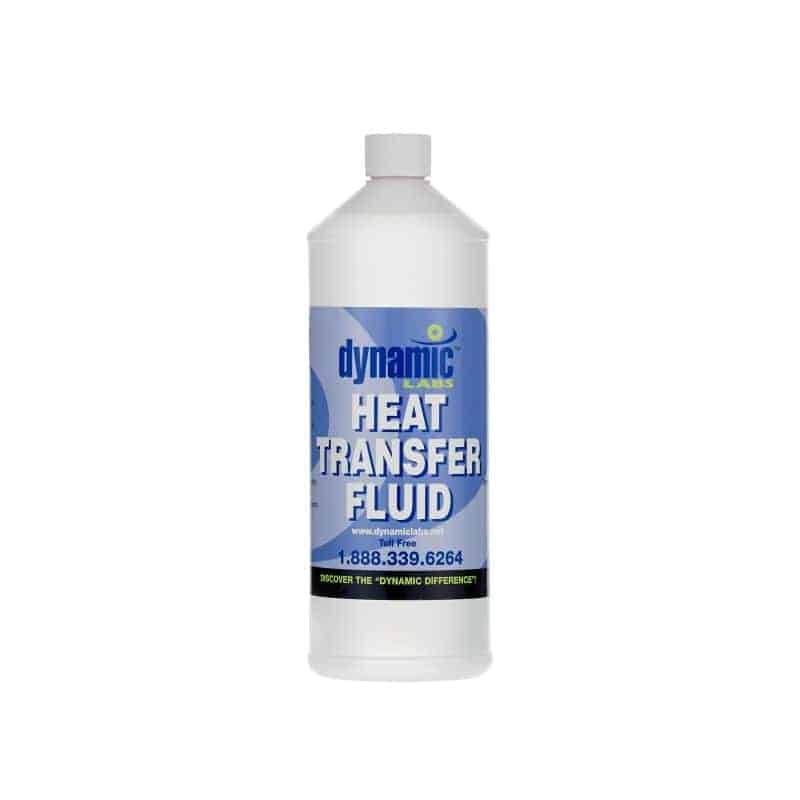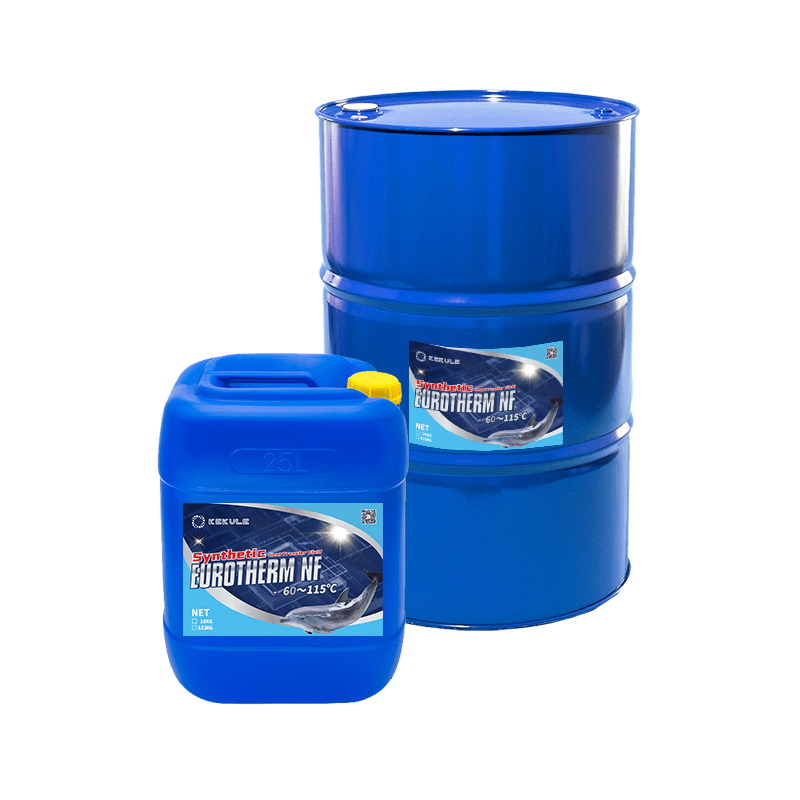Optimize Your System's Life expectancy With the Right Heat Transfer Fluid
Choosing the proper warmth transfer liquid is critical for optimizing system efficiency and longevity. Understanding the various types of warmth transfer fluids and the particular needs of your application can considerably affect the overall health of your system.
Value of Heat Transfer Fluids

Furthermore, heat transfer liquids contribute to the security and reliability of thermal systems. Additionally, the right warm transfer fluid can supply security versus deterioration and scaling, more expanding the life-span of equipment and framework.
Kinds Of Heat Transfer Fluids
Different kinds of heat transfer liquids are frequently made use of in commercial applications, each customized to particular functional needs and temperature arrays. One of the most common classifications consist of water, oils, and specialized artificial liquids.
Water is frequently employed due to its outstanding thermal conductivity and accessibility; nevertheless, its constraints occur at high temperature levels and possible freezing problems. For greater temperature level applications, thermal oils, such as mineral oils or natural substances, are made use of. These oils give superior thermal stability and can run effectively at raised temperatures, making them suitable for procedures like food processing and petrochemical production.
Synthetic fluids, which can be either natural or not natural, are designed to satisfy particular efficiency requirements. They usually display enhanced residential properties such as low toxicity, broad temperature level varieties, and resistance to oxidation. Instances consist of glycols and esters, which are excellent for specialized applications like solar thermal systems and warm exchangers.
Additionally, refrigerants are used in cooling down systems, leveraging their phase adjustment properties to absorb and release warm successfully. Each type of warmth transfer liquid provides unique benefits and is picked based on the certain requirements of the application, ensuring optimum performance and system durability.
Factors to Think About When Selecting
Choosing the proper heat transfer liquid involves careful consideration of several variables to ensure optimal performance and system performance. One of the primary factors is the temperature level array needed for the system. Fluids vary in their thermal stability and can disintegrate or lose performance outside specific temperature level restrictions.
An additional critical factor to consider is the fluid's thickness, as it impacts pump performance and energy intake. A liquid that is too thick may impede blood circulation and boost functional expenses. In addition, the fluid's particular warm ability plays an essential function in establishing just how successfully it can transfer warm.
Chemical compatibility with system materials is also crucial to avoid deterioration, deterioration, or leaks - thermal oil. Making sure that the picked liquid works with the building products can extend the life-span of the system

Benefits of Appropriate Fluid Selection
Proper selection of a heat transfer liquid yields considerable benefits for system efficiency and dependability. The appropriate fluid improves thermal conductivity, making sure ideal warm transfer rates within the system. This performance lessens energy consumption, resulting in lower functional prices and a minimized ecological footprint.
Additionally, ideal liquid option adds dig this to system durability by stopping rust and destruction of components. Liquids formulated with deterioration inhibitors protect metal surfaces, thereby extending the life expectancy of pumps, pipes, and heat exchangers. Furthermore, choosing a fluid with ideal thickness makes certain reliable flow, which is vital for preserving consistent temperature level distribution throughout the system.
One more crucial benefit is the fluid's thermal stability. A steady heat transfer fluid can run over a wide temperature level range without damaging down or shedding efficiency, which is necessary for systems subjected to fluctuating thermal problems. Furthermore, the right liquid can likewise Read More Here mitigate dangers connected to cold or boiling, thus preventing functional disturbances.
Upkeep Tips for Longevity
Making certain the long life of a warm transfer system requires attentive upkeep techniques that match the benefits of proper fluid choice. Regular examinations are important to identify possible leaks, corrosion, or debris accumulation that might endanger system effectiveness. Establish a routine timetable to examine pipeline honesty, links, and installations, as these locations are often at risk to tear and use.

Monitoring liquid levels and high quality is similarly essential. Routinely look for indications of contamination, such as staining or particulate matter, which can suggest deterioration of the warm transfer fluid. Executing periodic fluid analysis can provide insights right into its chemical residential or commercial properties, enabling timely replacements when essential.
In addition, keeping optimum operating temperature levels is important. Encourage the use of temperature controls and sensing units to stay clear of overheating, which can speed up fluid destruction and damages system elements.
Lastly, always comply with the maker's guidelines regarding liquid substitute intervals and upkeep methods. By dedicating to these best techniques, you can dramatically improve the operational life-span of your warm transfer system, making sure get more reputable performance and lowering the requirement for early replacements or pricey repair services.
Conclusion
In verdict, the choice of a suitable warmth transfer fluid is crucial for boosting system efficiency and long life. By understanding the numerous sorts of liquids and taking into consideration key variables such as thermal conductivity and rust resistance, optimal efficiency can be achieved. In addition, regular upkeep and inspections play a crucial duty in sustaining operating problems. Prioritizing these aspects makes certain the extended life-span of important parts, ultimately contributing to an extra reliable and dependable system.
Heat transfer fluids play a vital duty in various industrial and industrial applications by assisting in the reliable transfer of warmth in between surface areas.Moreover, heat transfer fluids contribute to the security and dependability of thermal systems. Furthermore, the liquid's certain warmth ability plays an essential duty in identifying exactly how properly it can move warmth.
The appropriate fluid enhances thermal conductivity, ensuring optimum heat transfer rates within the system. A secure warmth transfer liquid can operate over a broad temperature range without breaking down or shedding performance, which is necessary for systems subjected to changing thermal conditions.
Comments on “Understanding Heat Transfer Fluid: Essential Uses and Importance for Processing Systems”